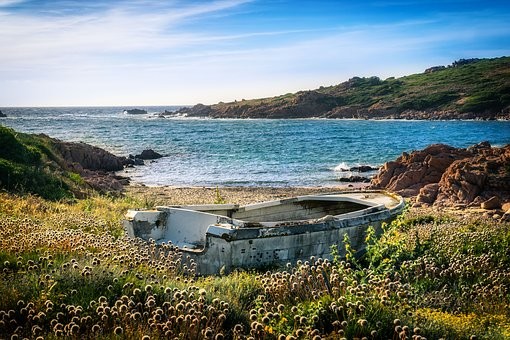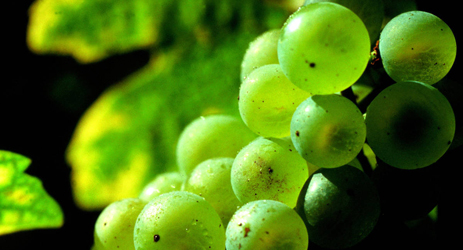‘Sardinia is often mistaken for a tropical island or confused with Sicily,’ sighs viticulturist Salvatore Mura at his family’s estate in Gallura. ‘Sometimes it’s missing from Italian maps altogether.’
Mercifully, Sardinia’s stunning beaches attract tourists from around the globe, though few explore inland beyond her turquoise waters. They are missing out.
Inhabited since Paleolithic times, Sardinia is a treasure trove of mysterious artefacts and traditions. It is also the second largest island in the Mediterranean. ‘It’s like a continent,’ says Daniela Pinna, owner of Tenute Olbios. Shaped by winds from every direction and created over several eras, ‘Sardinia’s soil and climate are completely different between the north, centre and south’, she explains. This diverse terroir, coupled with a long history of occupation by various cultures, yields a rich viticultural landscape. In the past, every corner of the island was defined by its own speciality, but today, Vermentino and Cannonau hold sway. Unsurprisingly, both varieties express themselves differently depending on where they are grown. Sun-worshipping Vermentino is in its element in Sardinia’s hot, dry climes. It produces a white wine that echoes the island’s heady scent of broom and has a distinctive salty edge. The DOC of Vermentino di Sardegna encompasses all of Sardinia’s far-flung pockets, but some areas are more suited to the variety than others. In the island’s southerly reaches around Cagliari, for example, ‘calcareous marl soils tend to produce rich, full wines with fleshy yellow peach and even tropical fruit,’ explains Argiolas winemaker Mariano Murru, and this can be seen in the wines of Ferruccio Deiana and Pala.
Conversely, Sardinia’s only DOCG, Vermentino di Gallura, refers strictly to the island’s northeastern corner. Gallura experiences significant day- and night-time temperature differences and is characterised by weathered granite soil. The resulting wines are intense and minerally rather than overtly fruity. Subtle variations are based on altitude, which rise up to 500m. Proximity to the water also plays a role: Mura’s steely wines evoke sea breezes, while those of Sini Gioacchino further inland are reminiscent of verbena and juniper.
Click to see the full article on Decanter Premium>>

Translated by Sylvia Wu / 吴嘉溦
All rights reserved by Future plc. No part of this publication may be reproduced, distributed or transmitted in any form or by any means without the prior written permission of Decanter.
Only Official Media Partners (see About us) of DecanterChina.com may republish part of the content from the site without prior permission under strict Terms & Conditions. Contact china@decanter.com to learn about how to become an Official Media Partner of DecanterChina.com.



Comments
Submit